(ECNS) -- The 15th United Nations (UN) Chinese Language Day, coinciding with Grain Rain, symbolizes the intertwined cultural legacy of Chinese characters and solar terms, boosting global appreciation for Chinese language and culture.
Grain Rain, the last solar term in Spring, fell on April 19 this year. It originates from the old saying, “Rain brings up the growth of hundreds of grains.”
The bond between written Chinese and Grain Rain contributes to the establishment of UN Chinese Language Day.
The UN inaugurated its Language Days in 2010, highlighting the importance of linguistic and cultural diversity and advocating the equality of its six official languages.
That same year, the Chinese Permanent Mission to the UN proposed that UN Chinese Language Day be observed on the day of Grain Rain in honor of Cangjie, a mythical figure presumed to be the inventor of Chinese characters about 5,000 years ago. His stories were recorded in many classics.
"During the Qin and Han dynasties (221 B.C. - 220 A.D.), Cangjie's feat was associated with the auspicious omen of a harvest. Since then, there has been a folk custom to venerate Cangjie on the day later known as Grain Rain,” said Tao Quyong, an associate professor at the School of Liberal Arts, Renmin University of China.
“Ancient Chinese revered Cangjie thanks to the significance of the written characters for the development of a civilization,” Tao added, “Moreover, characters or the writing systems enable language to transcend time and space.”
People have long understood that changes in climate and phenology are crucial for agricultural activities. These findings have been incorporated into the 24 solar terms.
Each year, the UN Chinese Language Day is celebrated globally with diverse activities including the“Chinese Bridge”competition, calligraphy practices, Chinese songs, art exhibitions, and so on.
Chinese language education is now conducted in over 180 countries and regions, with more than 80 countries incorporating it into their national education systems. The number of people learning Chinese exceeds 30 million, with nearly 200 million having engaged with it globally. This fever of learning the Chinese language continues to grow, reflecting its enduring appeal.
Distinguished historian Chen Yinke said, “Interpreting a single character is writing a cultural history." Each Chinese character contains Chinese people's way of thinking.
Annie, a girl from the United States, was exposed to the Chinese language in elementary school. She then studied at Peking University to gain a deeper insight into China. She learned the cultural differences associated with the Chinese character “Yuan (destiny)”, among others.
“In China, people often ascribe coincidence to ‘Yuan,’ which is a beautiful word with profound connotations. However, there is no exact equivalent of ‘yuan’ in English, because of differences in geographical environment and traditional thoughts among the two countries. That’s why it is vital to learn foreign languages to comprehend the meanings and feelings of the source language independently instead of relying solely on translation,” Annie said.
Chinese characters are the only self-originating writing system in the world still in use today. The establishment of UN Chinese Language Day effectively promotes the Chinese language, facilitating exchanges and mutual learning between China and other nations, Tao noted.
"We should leverage technologies to spread the charm of Chinese characters to more people worldwide,” Tao said.











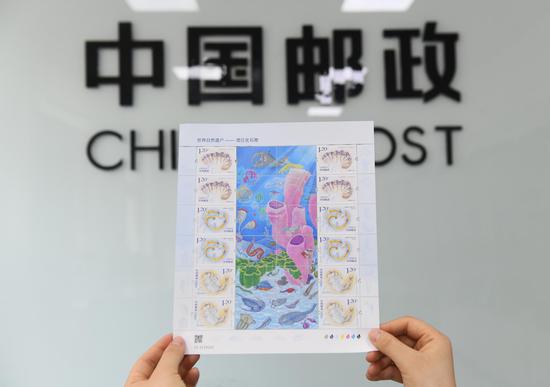
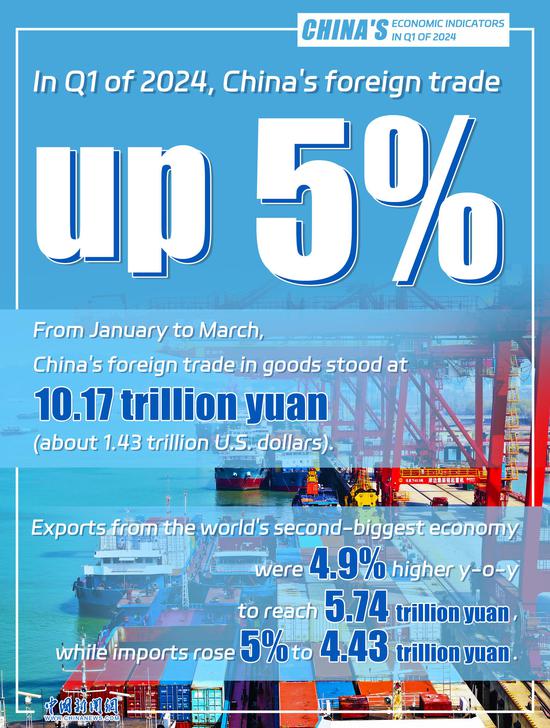




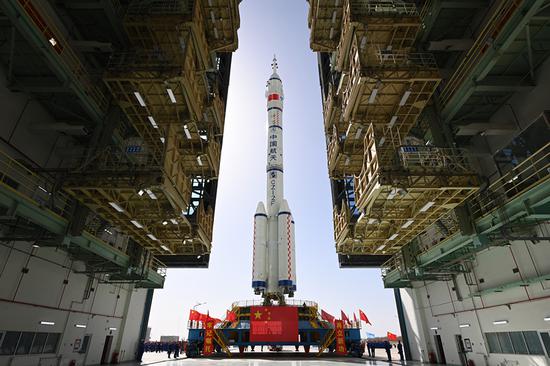
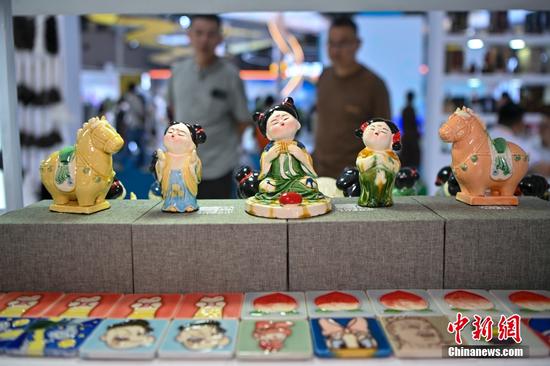



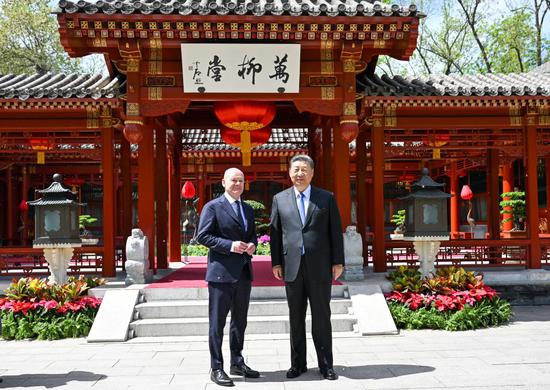






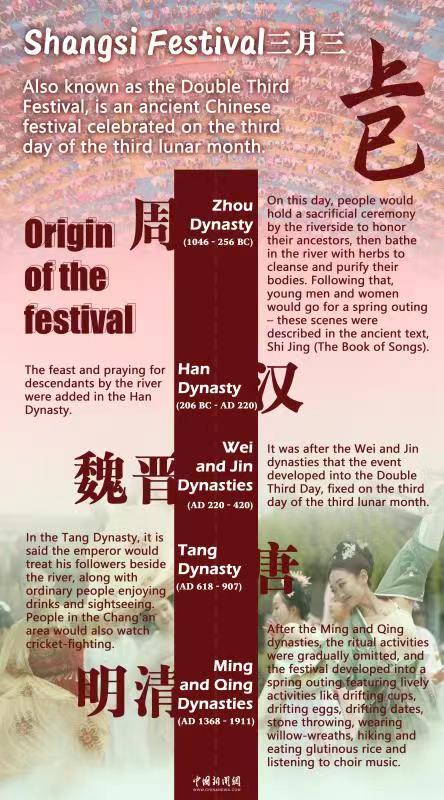



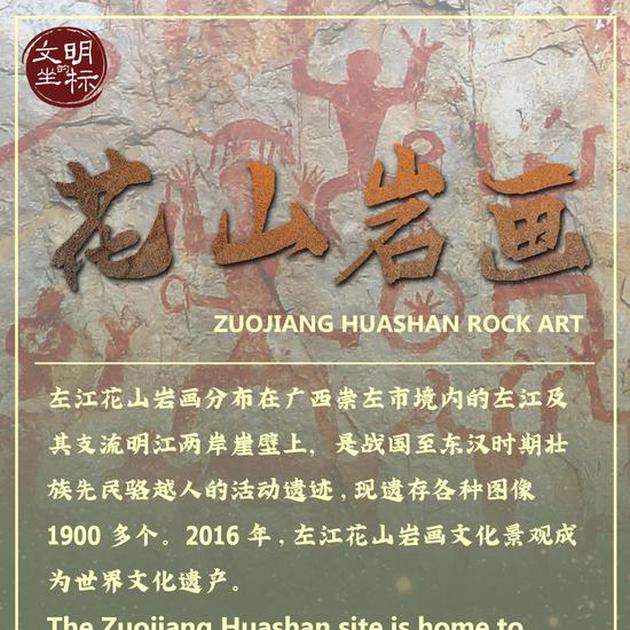



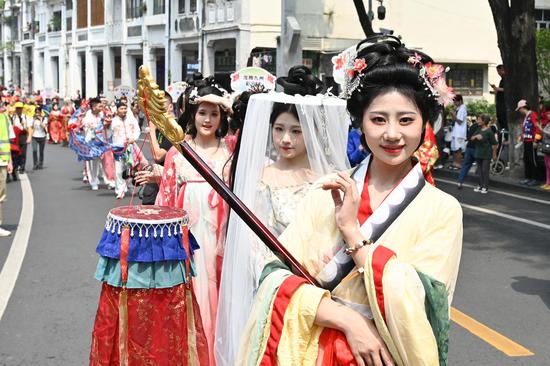




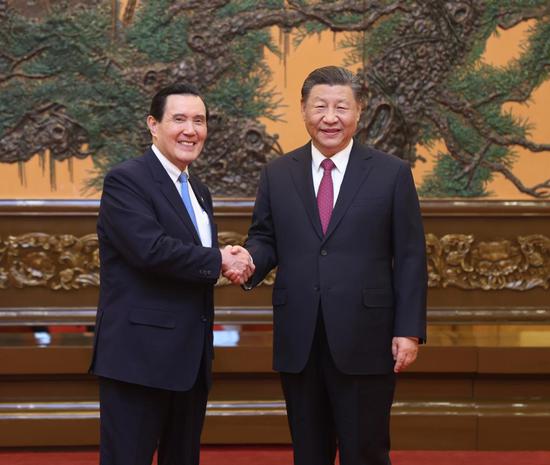

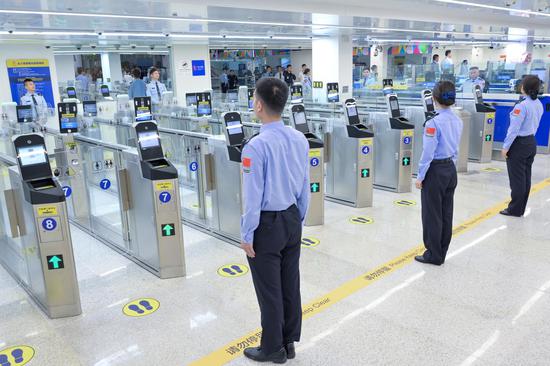



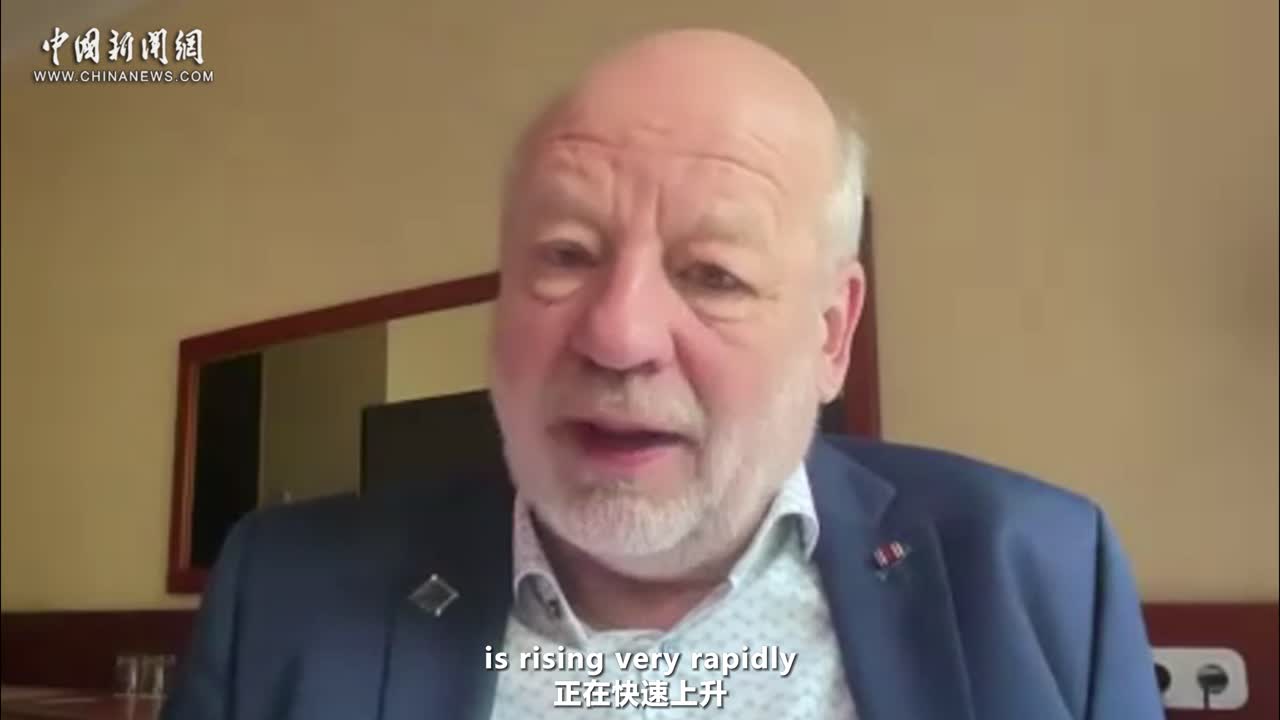

 京公网安备 11010202009201号
京公网安备 11010202009201号